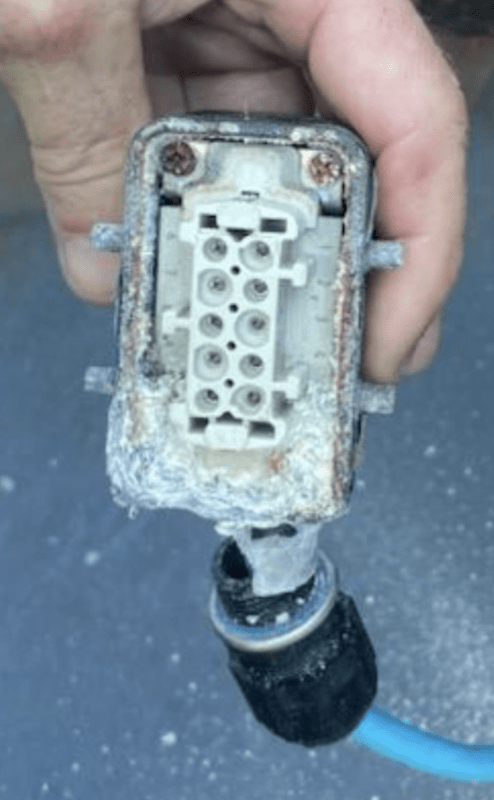Brian Malone
Industrial
hpaircraft what are some of the techniques used?
Follow along with the video below to see how to install our site as a web app on your home screen.
Note: This feature may not be available in some browsers.
TugBoatEng said:Don't fall for the sensationalism. Rhino liner wasn't a structural component of the hull and PlayStation controllers didn't cause the collapse. Being able to incorporate commercially available components into a design is an engineering talent, not a fault.

TugBoatEng said:Sorry, I'm a bit jaded when it comes to marine hardware. Marine grade does not imply satisfactory duty
TugBoatEng said:If the sub can surface without the "PlayStation" controller I don't see the issue with using one.
TugboatEng said:The sub wasn't supposed to enter the wreckage. That should eliminate the fouling risk.
TugboatEng said:the marine industry is plagued with misapplied materials.
